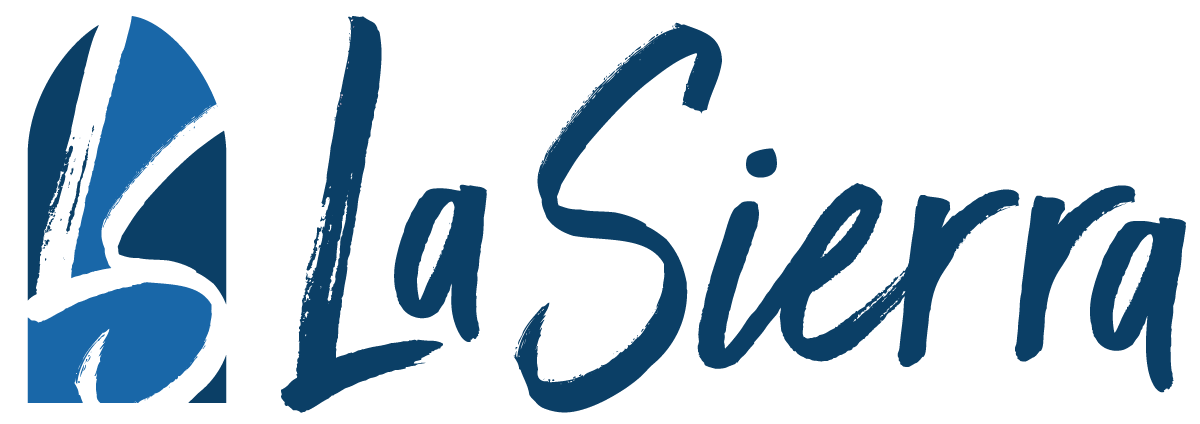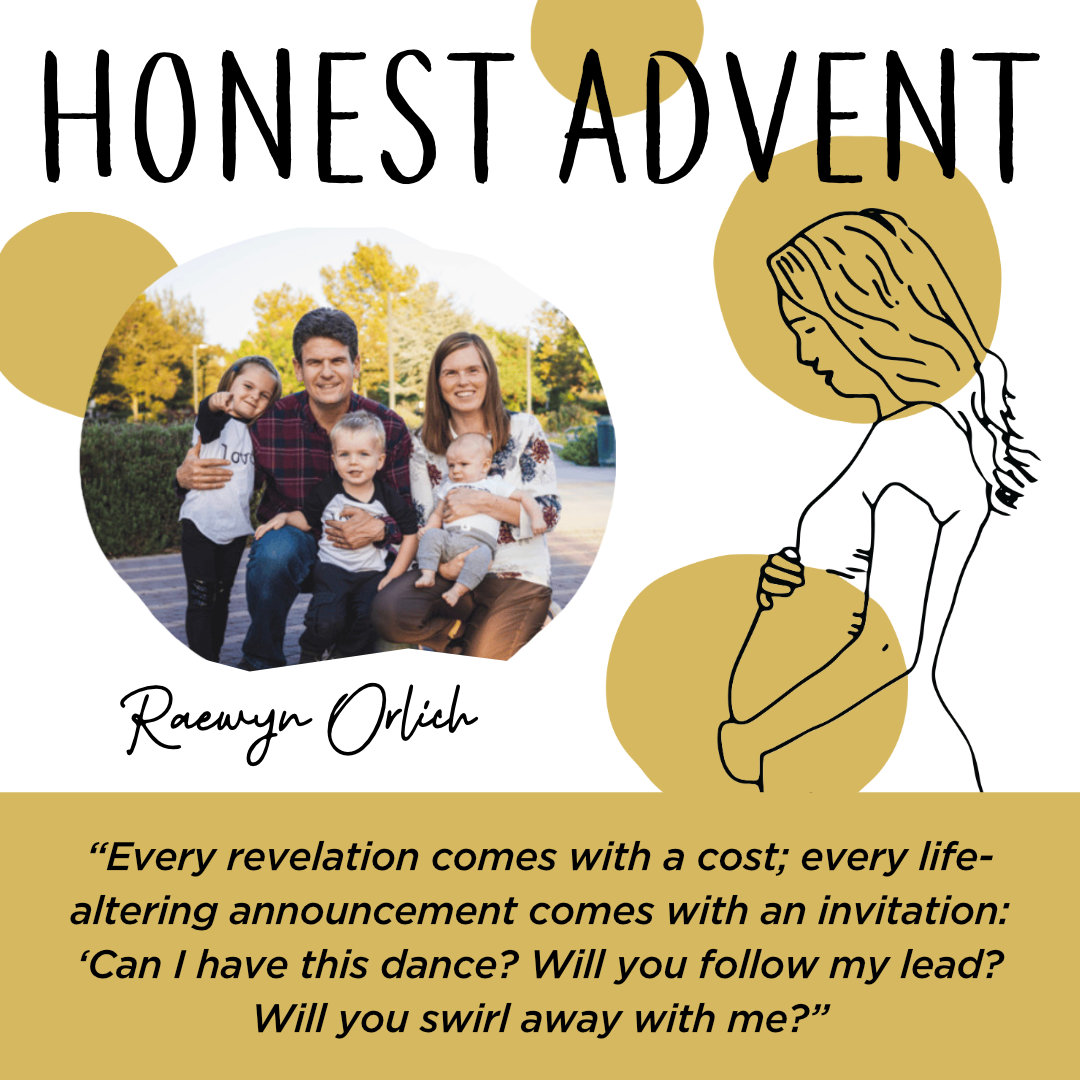“’Gabriel appeared to her and said, ‘Greetings, favored woman! The Lord is with you!’ Confused and disturbed, Mary tried to think what the angel could mean.’ Luke 1:28-29 NLT” (Erickson, 15).
For me, the announcement didn’t come from an otherworldly being. Though, as a child, I used to imagine what it would be like to have an angel appear to me. What would they look like? How could I stand the light? What would they say? Where would I be? I distinctly remember worrying that it would come while I was in the restroom. These daydreams freaked me out.
In the end, I wasn’t in the restroom. I wasn’t even alone. And the announcement didn’t come from an angel. It came from the nurse who had done the customary blood pressure check and requested a standard urine sample.
I was running through all my concerns with the OB/GYN doctor—explaining why I had made the appointment, that I was getting older, that my cycle was extremely irregular after having gone off continuous birth control pills, that I was worried I could be missing some vital hormones or vitamins—when the nurse poked her head back through the door and said just two words. “It’s positive.”
The announcement certainly changed the conversation in the room. I had no idea how much it would change my life. Five years and three kids later, it would take an angelic appearance to get a silent night at our house.
In his book, Honest Advent, Scott Erickson entitles his first artwork and chapter, “Annunciation.” The Latin word literally means, “announcement.” He says that while most of us think we would love an announcement from heaven on the direction our lives should take, we’re “actually afraid of revelation” because “the cost of revelation is that it’s going to ask something of us” (Erickson, 16).
In Erickson’s introduction, he suggests spending a minute with each of his 25 depictions. He writes, “Let it excavate you. A great question when it comes to art is, ‘What does this mean?’ An even better question is, ‘What is this pulling out of me?’ Art has that glorious excavating quality, so don’t miss out” (Erickson, 11).
When I look at Erickson’s depiction of the Annunciation, or the Announcement, I see movement. The angel swirls in from above and Mary follows his lead. To me, it looks like a dance.
Growing up in an Adventist enclave, I don’t have much experience with dancing. But I always wanted to be a dancer; I had aspirational thoughts of ballet as a child, line dancing as a teen, swing in college. So, when Ken Cantos announced that his friends from the Arthur Murray studio in Riverside would come teach beginning Ballroom as a Church Social, I was super excited. We had a blast, learning steps a few at a time. The social butterfly in me loved rotating to a new partner at every repetition.
When the dance instructors had us line up, they didn’t divide us by men and women, but by the more inclusive, gender-neutral, and better for a disproportionally mixed crowd, “leaders” and “followers.”
Being an intentional follower intrigues me. You get to learn the subtle cues for which way to move in order not to get all tripped up. Yours is the joy of being surprised by what comes next.
Every revelation comes with a cost; every life-altering announcement comes with an invitation: “Can I have this dance? Will you follow my lead? Will you swirl away with me?”
This Advent, I choose to be open to surprising announcements. I want to listen for the invitation they carry with them. I want to learn to sense the subtle cues of the One who is in the lead, to allow myself to be swept up, taking steps I wouldn’t have anticipated. I want to be a more attune follower in this daily dance with the divine.
Raewyn Orlich is enjoying her fourth Advent season as Associate Pastor for Discipleship and Nurture at the La Sierra University Church and her first as a mother of three.

